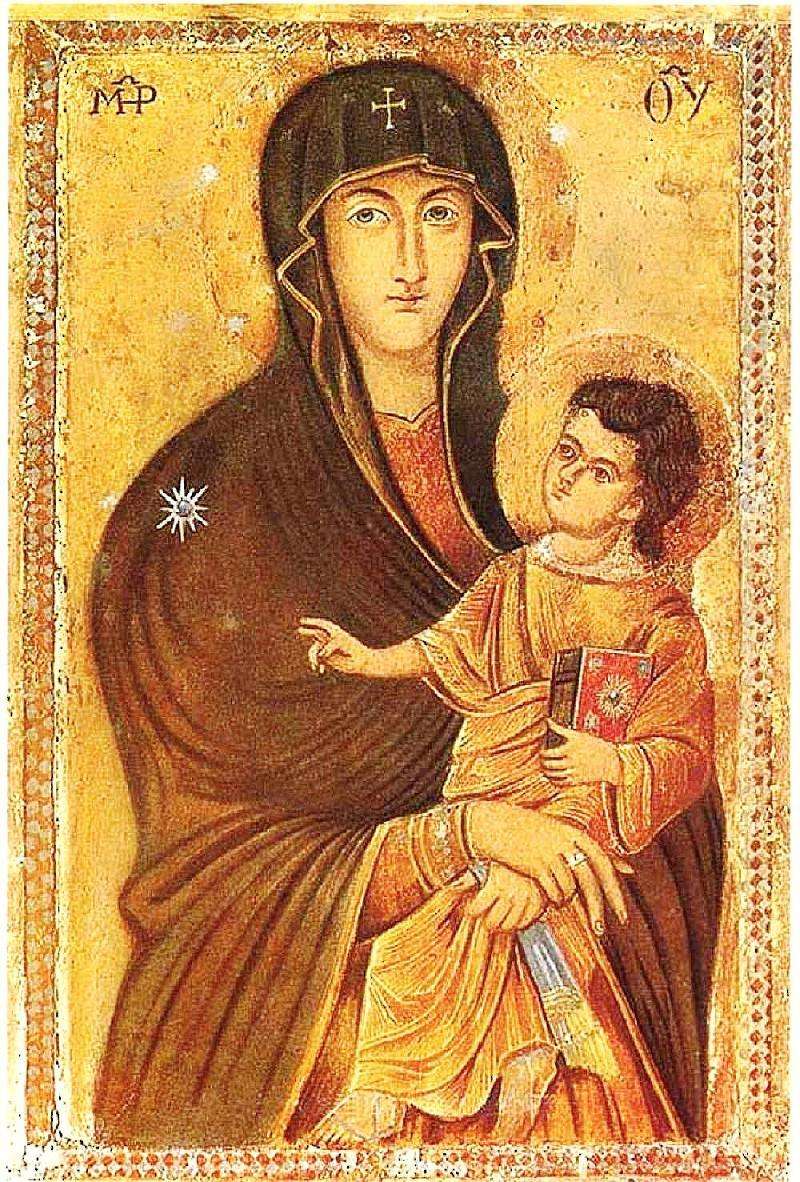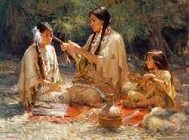Are you going on holiday to Italy? Are you interested in seeing some authentic Roman art in Italy? Our guide to Roman art in Italy gives you the facts & information you’ll want to know.
The most obvious influence of Roman art, like most things in ancient Rome, came from the Greeks. However, Roman art is also believed to have been influenced by the Etruscan civilisation which predominated in the land of what is today Italy, but preceded the birth of the Roman state.
Uses of Roman art in Italy
Roman art in Italy was to a large degree the preserve of the state in that the Roman Emperor considered art as a tool through which to glorify the state and evoke loyalty from the citizens of ancient Rome in Italy.
Subjects of Roman art in Italy
Subjects dealt with in Roman art usually had some connection to either a figure of importance in the history of Roman Italy, or a significant historical event such as a battle or victory of the Roman army. Much Roman art in Italy that has survived in modern Italy is art such as engravings and statues. Statues would often be made of Roman emperors or generals as a way of creating prestige and loyalty among the citizens of ancient Rome in Italy. The art of ancient Rome in Italy is also noted for its practical unromantic and realistically accurate qualities, so portraits and statues would be very life like. Comparatively few examples of Roman painting survive in Italy today with the notable exception of Pompeii which was preserved by the fallout of the Volcano eruption. Roman painting often depicts subjects including animals and various other everyday scenes; however, this was private art only to be found in the houses of wealthy Roman citizens.
Figures in Roman art in Italy
The first great emperor of ancient Rome in Italy was Augustus who ruled until 14AD. Augustus was the first emperor to use art as a tool of the state and to increase his own prestige. Subsequent emperors of Rome all tried to put their own stamp on the art of ancient Rome in Italy, but art never strayed from the underlying objective of serving the benefits of the state.
Style of Roman art in Italy
One interesting aspect of art in ancient Rome in Italy was the development of continuous style art. Whereas all previous art had been single depictions, continuous art in Rome sought to tell entire stories through depicting several separate scenes next to each other all containing the same central figure.
Modern Christian Art in Italy
Art in Italy can no longer be described as religious in totality because it is no longer the preserve of the church to direct such things in a secular state. However, there are still Italian artists who deal with Christian themes. One such artist is Giacomo Manza who has been influential in the field of Christian sculpture during the 2oth Century. The Bronze door of St Peter’s Basilica was made by Manza.





